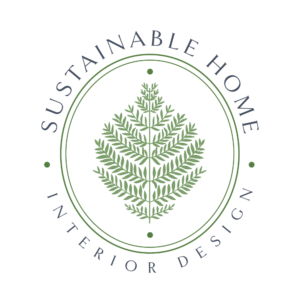
A sustainable interior design expert outlines the dangers of common toxins in your furniture — and how you can make your indoor air cleaner and safer.
If you value a healthy home and a healthy natural world, you’re one of my people.
Unfortunately for us, many common chemicals in products you use every day are harmful to our personal health and global environment.
Today, I’m breaking down common toxic chemicals used in furniture and home goods, why they’re dangerous, and how to avoid them. So you can more easily make choices in alignment with your values.
This post isn’t meant to scare you, or to cast judgement. I believe most of us are doing our best with the information we have. I really hope to give you some tools and knowledge to be safer in your homes.
Because the fact is: the majority of companies have a vested interest in ensuring information is confusing and difficult for consumers to access.
In an interview with Architectural Digest, Susan Inglis, executive director of the Sustainable Furnishings Council, puts it simply:
“The chemical lobby is very powerful in this country and they don’t want to be regulated. It’s just plain up to us.”
So it’s my hope that this article provides you with a better understanding of common toxic chemicals in your furnishings and home — and how to avoid them.
First, let’s start with a few key terms you’ll want to know.
Chemicals of concern in the home
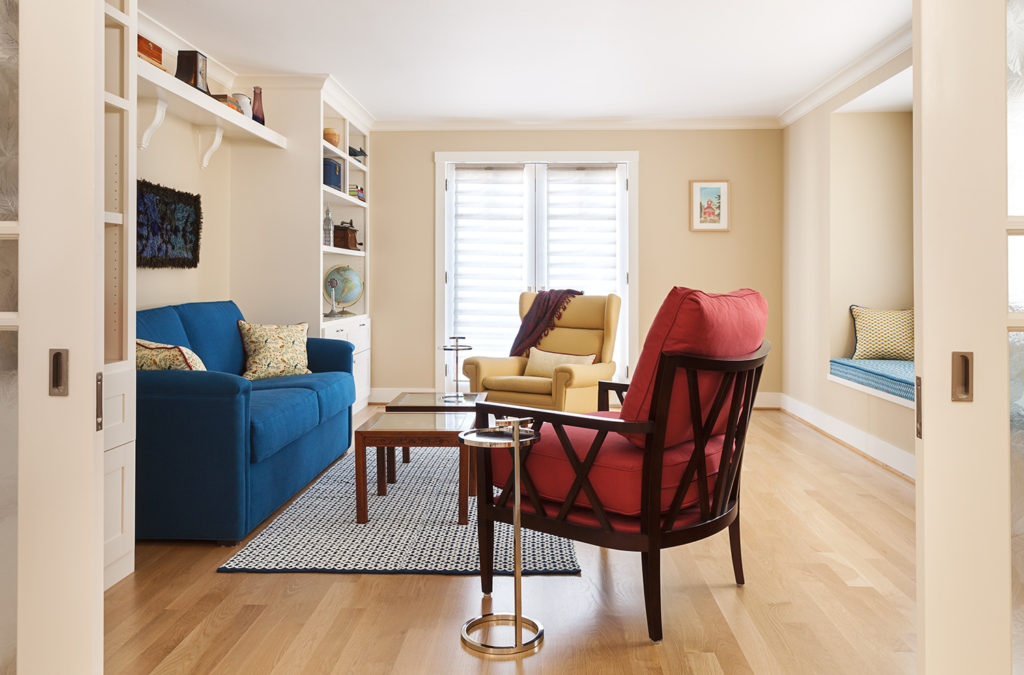
Chemicals of concern are those that have three qualities that mean they should be avoided in our homes.
- They have an effect on human health.
- They are biologically available (which means they can get into our bodies from our environment).
- They are persistent in the environment (they do not go away).
Chemicals of concern are found in many everyday interior materials including:
- Paints and varnishes
- Caulks and adhesives
- Carpet and vinyl flooring
- Composite wood
- Upholstery fabric and foam
Chemicals enter our home environment in different ways. If they evaporate into the atmosphere they are called VOCs.
What are VOCs?
Short for volatile organic compounds, VOCs are the group of chemicals that off-gas from a product.
What is off-gassing?
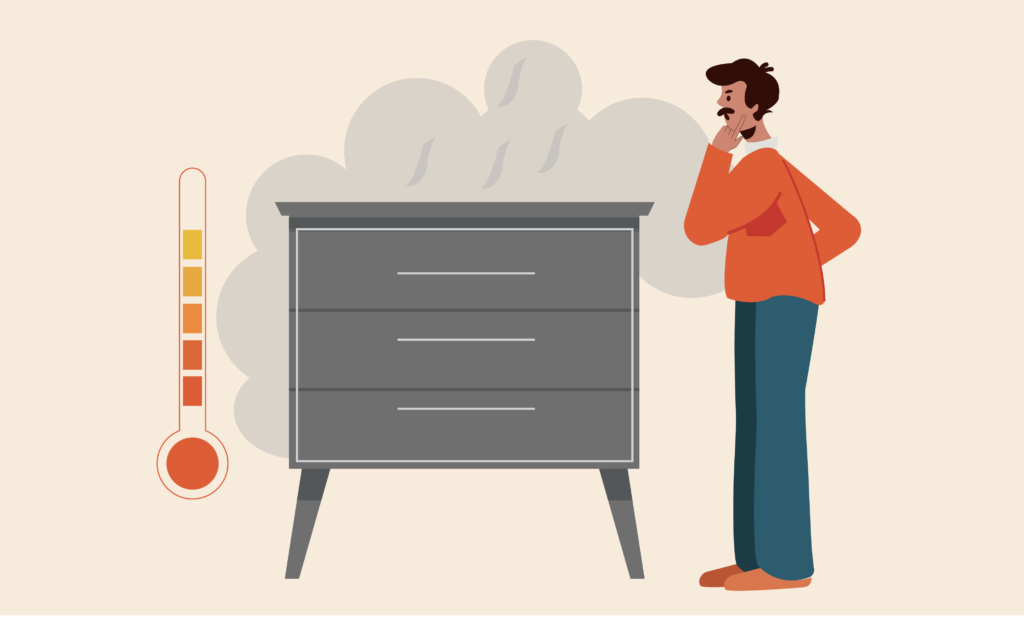
Off-gassing is the vapor release of chemicals from a product into the air around it. Items off-gas rapidly at first, then gradually dissipate over time.
You know that new car smell? That’s the flood of chemicals escaping freshly-produced surfaces in your car, from the plastics and leathers to the floor mats and upholstery. The same thing happens in your home. And while the smell only lasts a few weeks or months, it’s not an indicator that the chemicals are gone. In fact, the off-gassing process lasts for years.
Is off-gassing dangerous in your home?
In short, yes. VOCs refers to a large group of chemicals, and each has its own effects. Also, some people are more reactive than others to certain chemicals.
But in a matter of hours, high concentrations of VOC exposure can cause:
- Headaches and dizziness
- Nausea and vomiting
- Irritation of the eyes, nose, and throat
- Worsening of asthma
Long-term exposure to chemicals of concern can have serious consequences, including cancers, as well as damage to the liver, kidneys, endocrine effects, and effects on the reproductive and nervous systems.
Interestingly, we think of “air pollution” as being a problem outside, but numerous studies have shown that VOC chemicals are present indoors at levels 2-5 times higher than outdoors.
Are VOCs the only way we get exposed?
No, there is also a second class of compounds, often called SVOCs (Semi Volatile Organic Compounds). These are not gasses, but rather particles that are light enough to float in your home’s air. While chemically different, they have many of the same negative effects as VOCs. Additionally, these chemicals can be a danger if they become part of our water supply and are ingested.
Wait — if these chemicals are dangerous, why aren’t they regulated? Aren’t products tested to ensure they’re safe for us?
Sadly, no. In the US, the EPA (Environmental Protection Agency) must prove a chemical is harmful before they can deny its use. Which means, we need to clearly see negative effects or we can’t ban it. So essentially, we’re test rabbits for the chemical industry.
Even if we suspect a chemical is dangerous, it’s on us to prove it. But cause and effect requires isolation. We’re exposed to hundreds of chemicals a day. In fact, there are over 80,000 chemicals on the market today. And most products contain a cocktail of many. So it’s nearly impossible to prove that a single chemical is the cause of negative health effects.
On top of that, every chemical in commerce in 1979 was grandfathered in as a safe chemical under TOSCA (the toxic substances control act). The EPA still has not banned ASBESTOS in products, despite a known association with cancer, and repeated lawsuits.
While I wish we could count on our government to keep us safe from harmful chemicals in our home and furnishings, the reality is, it’s on us to guard our own thresholds.
Can you avoid dangerous chemicals in your home?

Absolutely! I don’t recommend obsessing over every last chemical you come into contact with. After all, the whole point is a healthy, joy-filled life, and constant vigilance and anxiety aren’t a fun way to live. BUT, every positive action you take is meaningful. And they add up to a healthier life.
One of the simplest ways to avoid toxic chemicals in your home’s air is to pay attention to the products you use on a daily basis. Thankfully, more people are taking notice and evaluating the common products we use. You can find trusted guides to help you select healthier alternatives and avoid dangerous chemicals in cleaning products, personal care items — even your food and water.
Avoiding toxic chemicals in your home’s furniture
As you can guess from the list of common household VOCs sources above, most mass-produced home furnishings contain many chemicals of concern, from the frame structure and foam supports to the outer upholstery and finishes. And while many big brands use greenwashed marketing to tout ‘clean’ materials, the fact is, it takes effort and knowledge to avoid VOCs in your furnishings and finishes — but it’s not impossible.
First, you need to know what specific chemicals you’re looking to avoid.
As I mentioned above, there are over 80,000 chemicals created in the world today. Way too many for you or I to keep track of. Thankfully, chemist Arlene Blum has broken down some of the most harmful chemicals into smaller subcategories, known as the 6 Classes.
These 6 classes of chemicals are:
★ PFAs or Highly Fluorinated Chemicals —
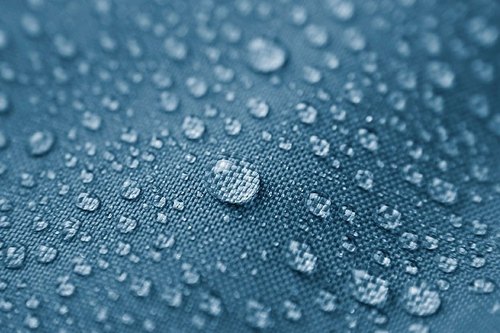
- Where PFAs are commonly found — These chemicals are most often found at home in stain resistant carpet or fabrics. They’re also in non-stick, stain-repellant, and waterproof products like cookware, oil proof paper food containers, cleaners, and sealants.
- Why PFAs are a problem — Linked to certain cancers, fertility issues, and other health concerns, these chemicals don’t break down in our environment. Even remote places across the globe have PFAs in the air and water, and 99% of Americans have PFAs in their bodies. Every molecule of a PFA ever manufactured is still part of the environment, and will be for geologic time.
- How to spot them — Personal care products will often have ingredients starting with “perfluor-“, “polyfluor-“, and “PTFE” on the label. Products touting stain-repellency or waterproof surfaces likely contain PFAs.
- How to avoid PFAs in your home —
- In cookware, opt for glass, cast iron, or ceramic instead of Teflon.
- In your home’s fabrics and furnishings, consider materials that are naturally stain repellant and easy to clean, like wool, or polypropylene fabrics.
★ Antimicrobials —
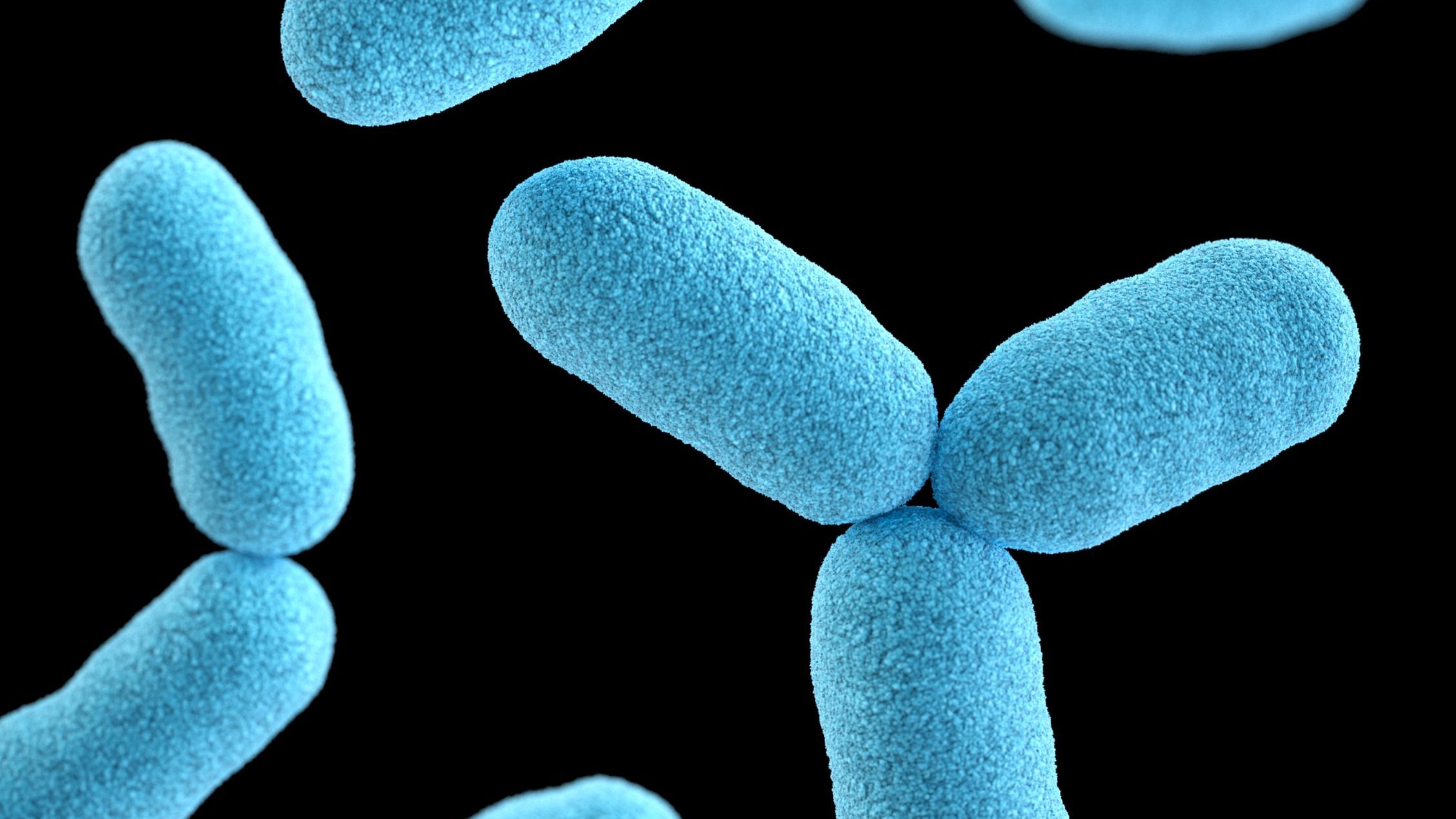
- Where are antimicrobials commonly found — In the home these chemicals are most often found in mattresses — particularly those touted as being “hypoallergenic” — in countertop materials, and they are now showing up as coatings for faucets. Also in kitchen surfaces like cutting boards and food storage, towels and linens, even yoga mats and socks.
- Why antimicrobials are a problem — These antimicrobial compounds don’t break down in wastewater treatment, so they get into the natural environment — and they’re toxic to all aquatic life. Plus, antimicrobial additives contribute to antibiotic-resistant bacteria, causing greater health concerns down the line.
***Antimicrobials are registered as pesticides with the EPA- so just think “do I want to put pesticides in my home?”
- How to spot them — Any products that claim antibacterial or anti-odor properties likely contain antimicrobials.
- How to avoid harmful antimicrobials in your home —
- On the surface, antibacterial products seem like a good idea, but almost all harmful bacteria can be killed with soap and hot water. Resist the urge to buy antibacterial products — even soaps — as there’s little evidence that they’re actually more effective.
- Look for the EPA’s Designed for the Environment label if you must use antimicrobial soap or sanitizers.s
★ Flame retardants —

- Where flame retardants are commonly found — In the home they are most often found in furniture foam, upholstery, mattresses, and carpet padding. Also in some technology (tv, hard drive, etc) housings. More flame retardants enter the home as the foam ages and starts to become powdery. So unlike VOCs, exposure to the SVOCs of flame retardants increases over time.
- Why flame retardants in furniture are a problem — Linked to cancers, fertility issues, thyroid problems, diabetes, and hyperactivity in children. Over time, flame retardants become dust in the home, and are ingested at especially high rates by toddlers and crawling babies. In fact, many children in homes with flame retardants in the furnishings have traces of these chemicals in their urine and blood.
The chemical has even been found in the fat of polar bears and seals in the arctic circle, and may be affecting their fertility.
- How to spot them — Many upholstered furnishings contain flame retardants — because typical upholstery foam is polyurethane — made from oil. It’s highly flammable and very toxic when it burns. But flame retardants often aren’t as effective as they claim to be, and the health implications are numerous.
- How to avoid harmful flame retardants in your home —
- When buying upholstered furniture, look for the TB117-2013 label, which means it does not need to have harmful flame retardants. Check to see if the TB117 labels says “DOES NOT”. See example below:

- Also, opt for naturally-flame resistant materials, like wool or latex foam instead of polyurethane or polyester.
- If you cannot replace your furniture, vacuum often with a HEPA filter to keep the SVOCs at a minimum.
★ Bisphenols and Phthalates —
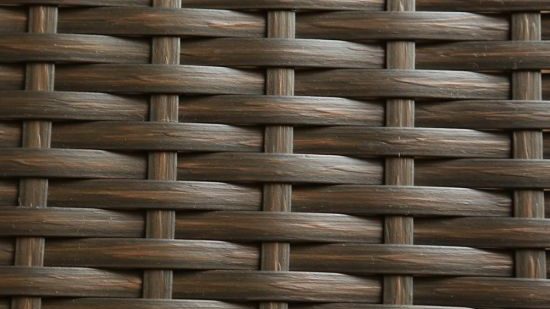
- Where bisphenols and phthalates are commonly found — In the home these are most commonly found in vinyl flooring, faux leathers, window coverings, “all weather” fake rattan, inflatable mattresses, and occasionally in the backing on fabrics. Other sources include plastics, from water bottles and food packaging to personal care products — even synthetic fragrances.
- Why phthalates in the home are a problem — These chemicals mimic our own bodies’ natural hormones, causing a whole host of health issues. They also bring an increased risk of asthma. Young children are especially at risk.
- How to spot them — Plastics with recycling codes 3 and 7 likely contain bisphenols and phthalates.
- How to avoid harmful phthalates in your home —
- Opt for plastic alternatives whenever possible (glass, metal, and ceramic food and beverage containers).
- Choose wood or tile flooring instead of LVP/LVT. (I personally will NEVER specify vinyl flooring — this is one of my few deal breakers when it comes to designing a healthy, sustainable home.)
★ Solvents/VOCs —
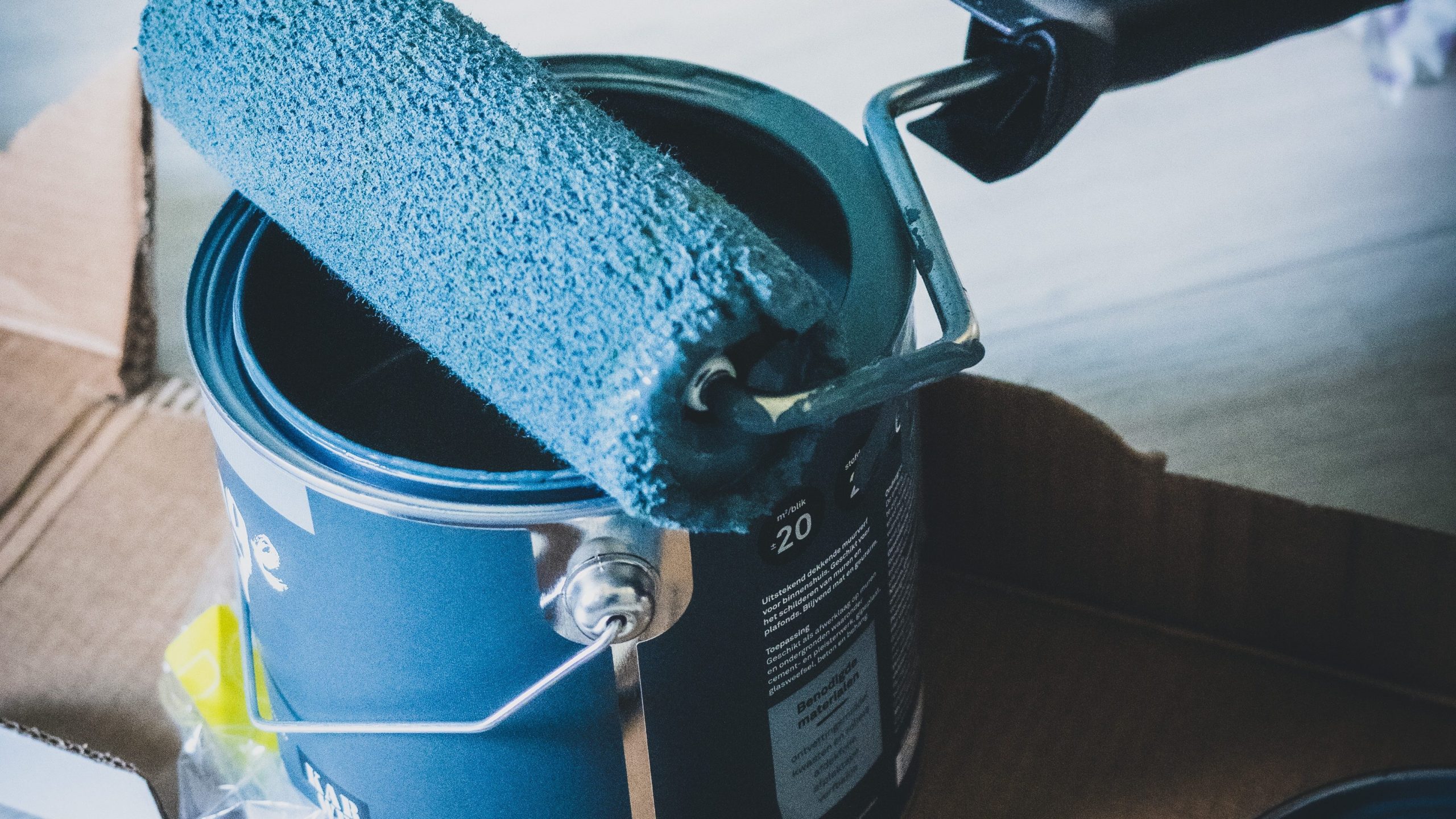
- Where solvents are commonly found at home — Solvents are often found in oil-based paints, sealers and stains, adhesives, and backings. VOCs are also very common in cosmetics and cleaning products.
- Why solvents in the home are a problem — Certain solvents have been linked to an increased risk of cancers.
- How to spot them — Not all solvents are created equal. Look out for methylene chloride, perchloroethylene, trichloroethylene, and benzene in labels. Acetone is often used in finishes, and formaldehyde is most often found in glues, including the glues used to make board products like particle board.
- How to avoid harmful solvents at home —
- Use paints, varnishes, and paint thinners in well-ventilated areas and ensure containers are tightly closed when not in use.
- Specify water-based paints and varnishes on your home’s furnishings.
- Look for the EPA’s “Safer Choice” label on household cleaning products.
- Select zero VOC paints and finishes whenever possible, and look for UL Green Guard Gold, SCS Indoor advantage Gold or CARB 2 compliant products.
★ Certain metals —
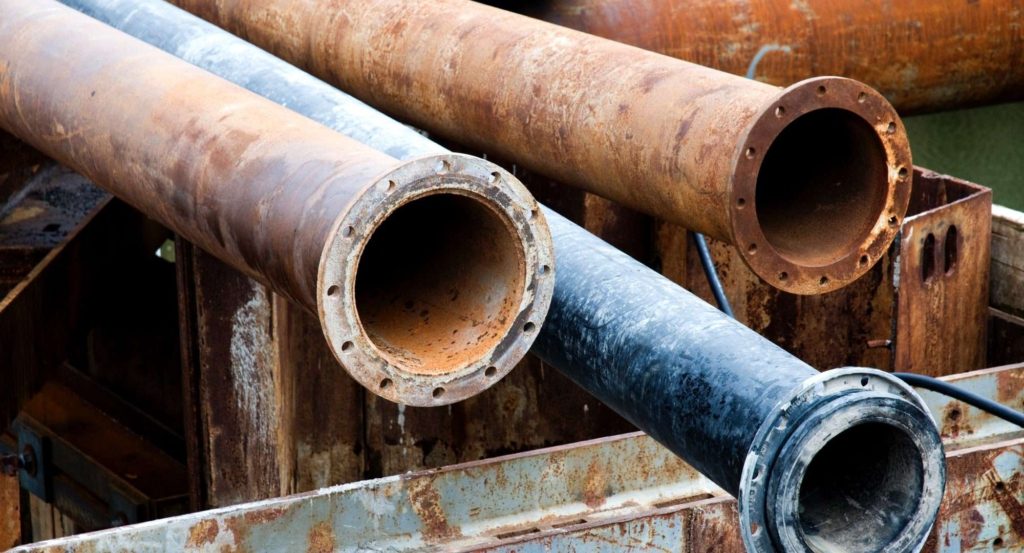
- Where toxic metals are commonly found at home — In home furnishings, heavy metals are often a component of the tanning process for leather upholstery, or the colorants for textiles. Toxic metals can also be found in lead paint (in homes and furniture painted before 1978), rechargeable batteries, and CFL light bulbs.
- Why some metals in the home are a problem — Mercury, arsenic, cadmium, and lead are the most dangerous metals found in consumer goods. Each of these metals is linked to increased cancer risk in adults.
- How to spot toxic metals — Older homes and building materials likely contain lead, so careful renovations and upgrades are key!
- How to avoid harmful metals at home —
- Look for fabrics that are labeled as having heavy metal free dyes, and look for chromium-free tanning if purchasing leather.
- If you’re renovating a pre-1978 home, ensure your contractor follows proper protocols to prevent lead dust from being released into your home’s air.
- Use LED bulbs instead of CFLs, and find appropriate recycling facilities near you for batteries, bulbs, and electronics.
While this list might seem intimidating, it actually makes understanding and avoiding common chemicals of concern much simpler.
Instead of trying to navigate thousands of chemicals, there are 6 key categories to be aware of. At the Green Science Policy Institute website, Blum breaks down each of the 6 classes of chemicals. In 4 minute videos, she explains more about what they are, where they’re commonly found, why they’re dangerous, and how to avoid them.
Some big name furniture companies are committed to using her 6 Classes information as a guide to phase out harmful chemicals — including IKEA and Crate and Barrel. But most mass-produced furnishings still have a long way to go.
Another stupendous resource is the Home Free section of the Healthy Building Network website.
One great way to avoid toxic chemicals in your furniture? Buy vintage
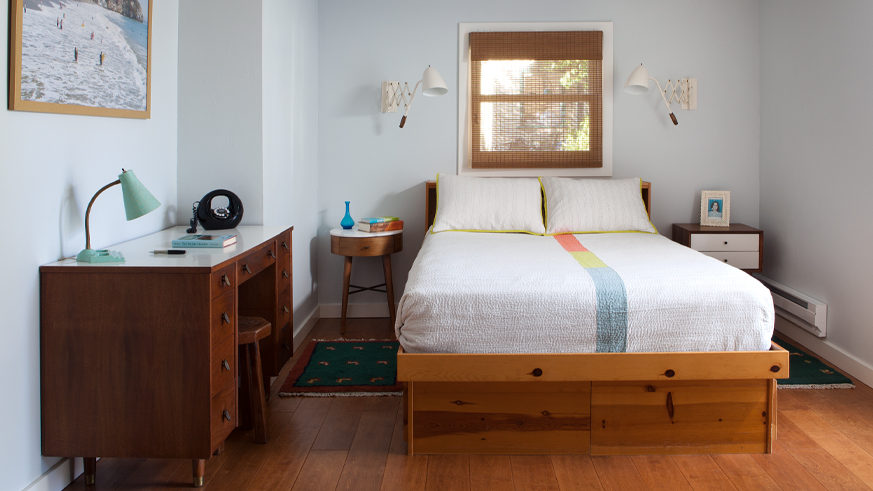
With the exception of heavy metals, vintage pieces simply don’t contain these toxic chemicals because they were built before many of these chemicals were commonly used. If they do contain VOCs, vintage pieces have had years to off-gas these chemicals, meaning much lower concentrations in your home than newer furniture pieces.
Plus, vintage furnishings are often made with solid wood and quality materials, ensuring you’re getting an heirloom-quality piece instead of substandard, mass-produced furniture that you’ll have to replace in a few years.
*A few notes from your designer*
→ For furnishings painted before 1978, careful stripping and refinishing can keep harmful metals out of your home.
→ Flame retardants were not used in foam prior to 1976, and the most dangerous flame retardants were banned in 2013. If reusing an upholstered item manufactured between 1976 and 2013, I suggest replacing the foam in the pillows. FoamOrder.com is a great source for replacement foam.
For new furniture, avoid VOCs by working with cleaner materials and knowledgeable makers.

If you’re buying new furniture for your home, you can still avoid many VOCs in your furniture. When possible, work with local, knowledgeable makers who are passionate about healthy, sustainable materials. Also the member organizations of the Sustainable Furnishings Council have committed to work towards a safer and more responsible manufacturing process — and deserve our support!
No matter where you shop, promote cleaner indoor air by purchasing furniture made with:
- Solid wood furniture frames
- VOC-free glues, paints, and varnishes
- Latex foam or spring insert cushions (instead of polyurethane foam)
- Wool batting or down casing
- Eco-friendly upholstery fabric — Two Sisters Eco Textiles is one of my favorite sources for upholstery and drapery fabrics — even face masks!
Work with a sustainability expert to help you create a healthy home.
Even armed with all the information above, it can be difficult to know where to start. If you’d like more guidance on healthy furnishings and materials for your home — or assistance finding trusted brands and makers — let’s connect!
I offer full-service interior design to manage your project from start to finish and take the guesswork out of home renovations altogether.
Not sure you’re ready for a full-service project?
I also offer 2-hour interior design consultations.
Here, I get to know your home and your goals, then present my recommendations to help you create the home you want — including links to sources and makers I trust to deliver quality, safe furnishings for your home.
Explore our services here to get a better idea of how we can help.
In the end, it’s not about following a rigid set of rules about sustainability. The fact is: small steps to reduce VOCs in your furnishings add up to a healthier, happier home and planet.
If you’d like additional guidance, I’m always in your corner.
Until next time,
Kirsten
P.S. My 2-hour consultation service is a great, no-commitment way to pick my brain about the healthy and sustainable aspects of home furnishings and finishes. Schedule your consultation here.
